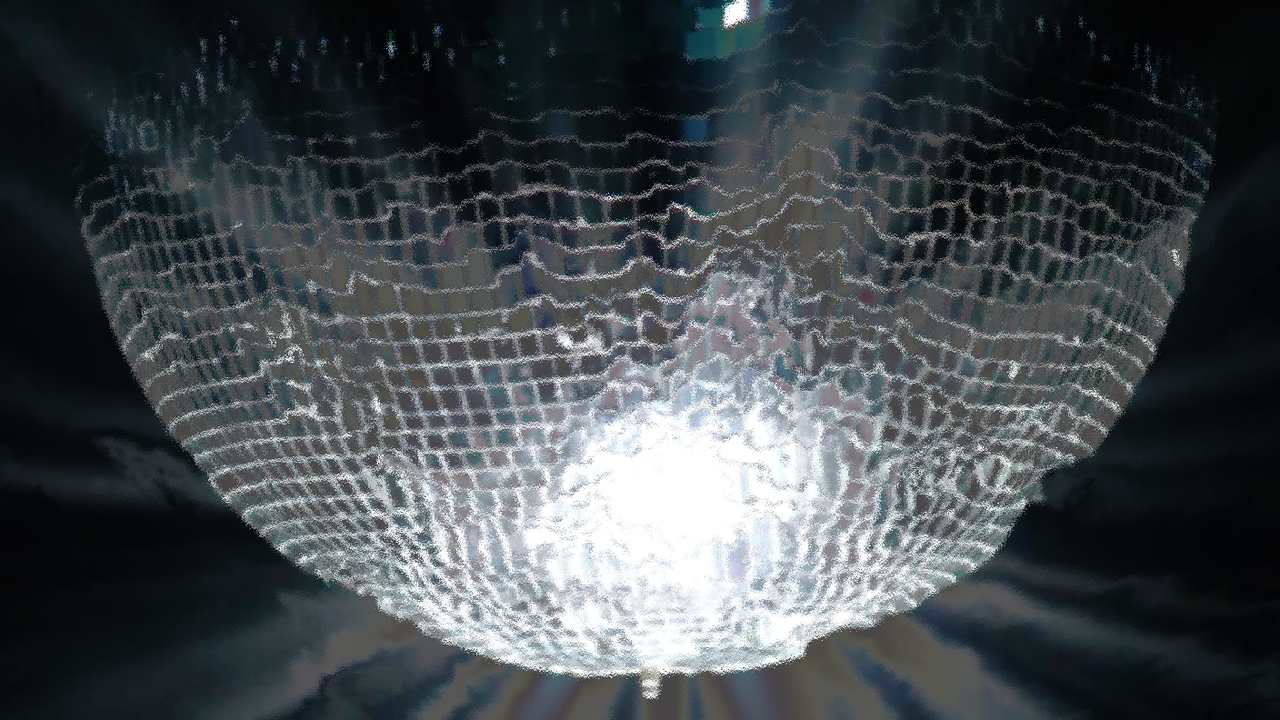We may receive commissions for affiliate links included in this article. This is a sponsored post. Authority Daily makes no warranties about the statements, facts and/or claims made on this article. These are the opinions of the author. Read our advertising and contributor disclosure here.

Just as they can for a person, nightclubs hold the power to transform a song forever. DJs speak of the process in mystical tones: of timeworn tracks that suddenly grew auras, accrued or shed gravitas, went down in bright red flames and arose in an emerald dress. The magic happens in the hands of the selector but relies on the secret codes, fashions, and frisson of clubland, as well as the community of believers bound up in its conspiracy. In 2020, club songs were robbed of these reckonings, and stuck, to their makers’ displeasure, in a musical purgatory.
It’s a shame, too, since clubs are an enduring refuge in times of upheaval. “People have always lost themselves in dancing when the economy’s been bad,” the soundman Bob Casey told New York Sunday News in 1975, as disco swept a city in recession after the Vietnam War. “Everyone’s out to spend their unemployment check, their welfare: to lose themselves.”
To lose oneself now sounds like the height of decadence; during lockdowns, our selves are all we have. It was a year of inaccessible dancefloors and inescapable context. Grief hung in the air, demanding caveats to even the smallest expressions of joy. New sensibilities affected how records were produced, understood, even titled. It posed an existential challenge to the genre tasked, for decades, with providing hedonistic communion as a means of survival.
Is it a blessing or a curse that club producers continued to tinker away, lighting fireworks to fizzle in half-empty parks, ad hoc home gyms, perhaps a lounge soirée? For sweat-spangled clubbers, the body and the beat make a natural pairing. By contrast, the neglected green spaces of east London, which I wandered in headphones most afternoons, arouse no state of ecstatic surrender. Sometime in the first wave it became customary, at the mere sight of another human, to stiffen up and plot a performatively wide berth, bursting any bubble of transcendence. At what point were we meant to let loose to the piano-house tidings of Jayda G’s “Both of Us” or “Turbo Olé” maestro JASSS’s laser-gun hooks?
As their music adapted to the new normal, the artists behind these and other would-be bangers—like India Jordan’s supercharged soul flip “For You” or Roísín Murphy’s sultry bacchanal “Murphy’s Law”—took solace from online reactions. Although musical catharsis eluded many, it turned out levity could strike as suddenly as despair. Future carnival bangers burst from box-room speakers. Tracks of the summer, destined for big-tent festivals, instead found ravers unravelling in emotional and physical coops, ready to riot at the shimmer of a steel drum. The unruliest dance songs aspire toward salvation. This year, they just gave us a little space.
In late 2019, the Spanish producer Silvia Jiménez Alvarez began work on a club track that would bypass stuffy techno and prise open a Pandora’s Box of menace and breakbeats. Even without dancefloors, “Turbo Olé” has assumed an air of perennial serendipity: No matter when it is played, its ideal conditions retroactively materialize. When you return from a club’s smoking area and solemnly line up at the bar, only to glance around and see a friend winningly brandish a spare can—that’s the moment something like “Turbo Olé” invariably tumbles from the speakers.
When she conceived the track, Alvarez, who operates as JASSS, was channeling the dancefloors she visualized as a teenager, long before setting foot in a club. In this spirit, she was unafraid to use trancey sounds that might scan as kitsch. “It’s like the audio version of ecstasy,” she says from her home in Berlin. “A fall-in-love-on-the-dancefloor situation.”



